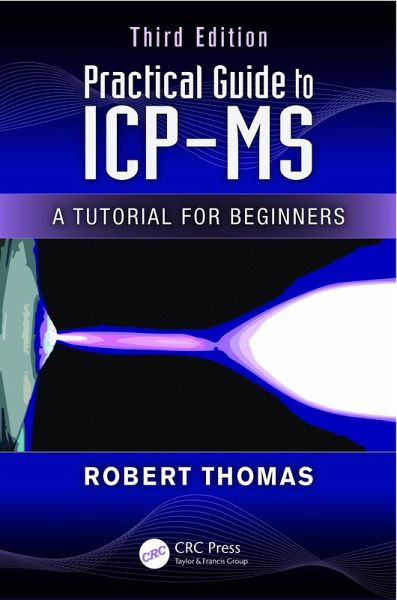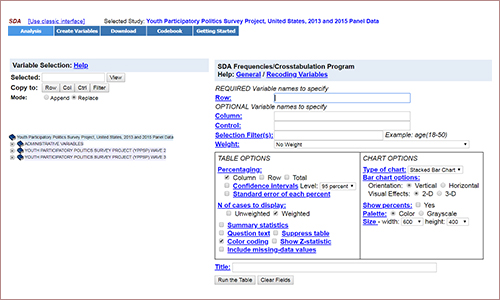

You can see each of the question(s) and response options. To see the questions asked in each variable domain (for example, education, employment, etc.), click the section title below under each wave's codebook.
#Icpsr codebook pdf#
If you have existing DDI metadata in XML format and you want to display it as a readable codebook in PDF or HTML format, you can use existing DDI style sheets to do so.ĭDI-Lifecycle Version 3.1 Converter (using XSLT Stylesheets)Ĭonvert DD 3.1 XML to MARC-XML, DDI-Codebook XML, DataCite 2.You may access information about the YDS surveys in two ways. Sledgehammer can export various formats to DDI-Codebook and DDI-Lifecycle XML StatTransfer can export various formats to DDI-Lifecycle Version 3.1 XML Video Guides (see ‘Publish Documentation’).Video Guides (for, produced by Carleton University)Ĭolectica can produce PDF Codebooks and DDI-Lifecycle Version 3.2 XML.Nesstar Publisher can produce PDF Codebooks and DDI-Codebook Version 1.2 XML For more information about using DDI from scratch, please review the guidance DDI for Developers. Anyone can create and use the DDI standard and XML schemas to develop new tools. Of course, these tools may not be relevant for all use cases.
#Icpsr codebook software#
Note: This is not meant to be a comprehensive list of tools available for DDI instead this represents a list of enterprise-ready software that is used by a variety of institutions and organizations that manage and produce data for reuse. Note that these tools provide only the metadata carried in the statistical packages and not the actual data. Tip: If you have data in SPSS, SAS, or Stata format and want to produce DDI from those packages, there are tools to help you. There are a number of tools that can create DDI for the creation of a structured codebook. A DDI codebook provides metadata about a dataset and enables application tools to read the data appropriately for display and to do further statistical analysis. Scenario: “I have a complete dataset and I would like to create a codebook”Ī codebook is an accompanying document to assist in interpreting the data for replication and reuse purposes by an end-user. Once you establish a workflow for codebook creation, you can easily attach codebooks to your published datasets in any data repository. These files were generated using the DDI-Codebook standard, and were marked up using Nesstar Publisher.Īdditional codebook examples using ICPSR data are also available for review. This is the same codebook in machine-actionable DDI format (XML format). Here is an example of a readable codebook in PDF format. Tip: Don’t worry if you don’t currently have any DDI or structured metadata to work with, as there are a number of tools that you can use to extract file- and variable-level metadata (such as the variable names, labels, categories, values, frequency counts, etc.) found in your completed dataset.

(See the DDI Glossary for more information about study-level and variable-level metadata.) Information can sometimes be provided by a researcher in a readme file (e.g., a text file), or be embedded in a datafile package (e.g., SPSS allows for column names / labels / missing values / notes), and so on. To create a codebook, information about the study, files, and variables must be known.

#Icpsr codebook how to#
A codebook provides authoritative (straight-from-the-research) and citable information, as well as instructions on how to read, analyze, interpret, and verify data for accuracy and replication purposes. Why a Codebook?Ĭreating a readable codebook to accompany your dataset can go a long way in making your data well understood and reusable well into the future. When captured using the DDI metadata standard, information in a codebook is structured, machine-actionable, and usable by computer software and databases.

The codebook may include a dataset’s record layout, list of variable names and labels, concepts, categories, cases, missing value codes, frequency counts, notes, universe statements, and so on. A codebook is an essential document that informs the data user about the study, data file(s), variables, categories, etc., that make up a complete dataset.


 0 kommentar(er)
0 kommentar(er)
